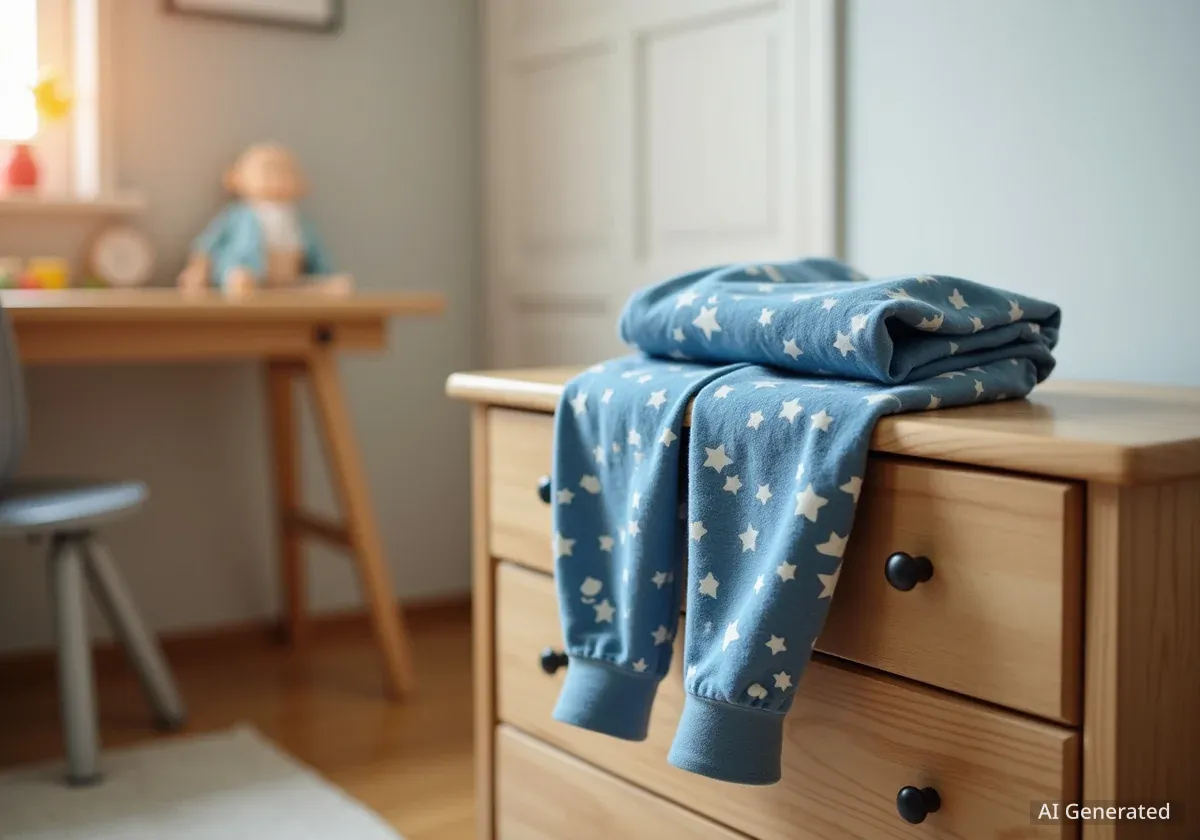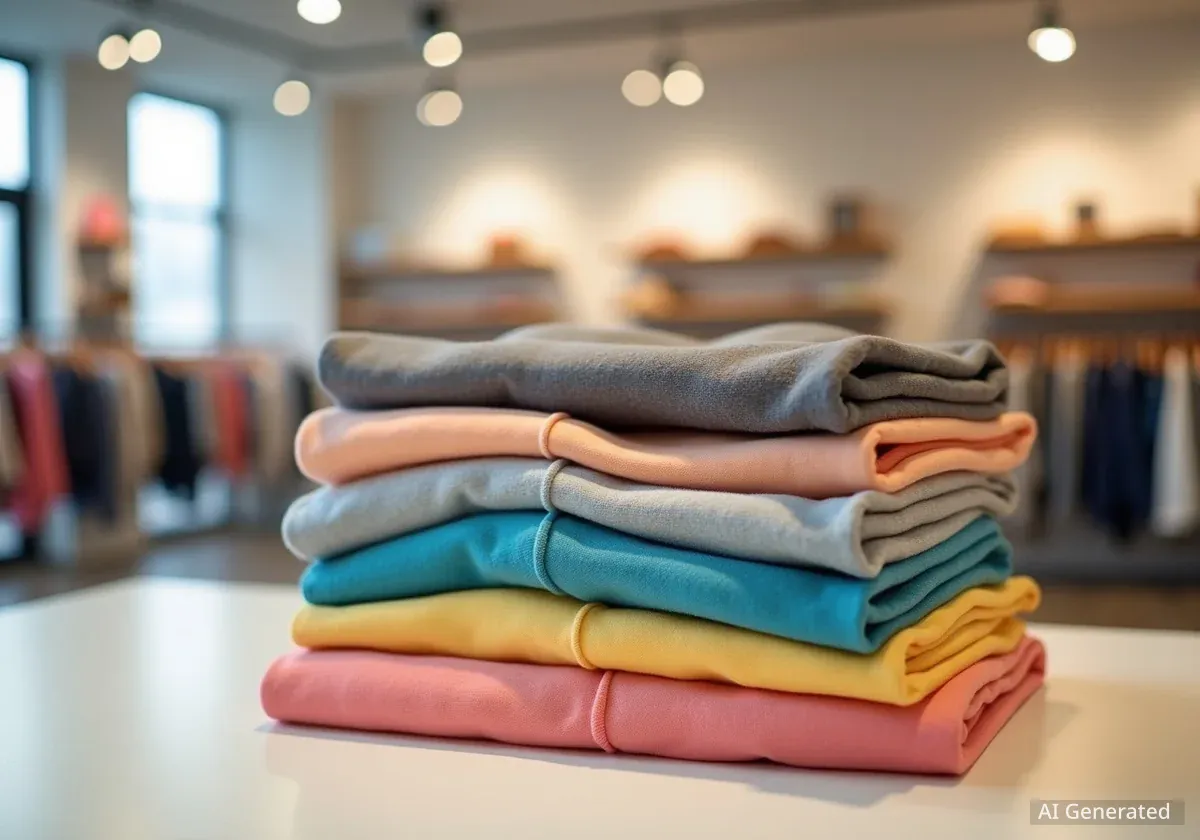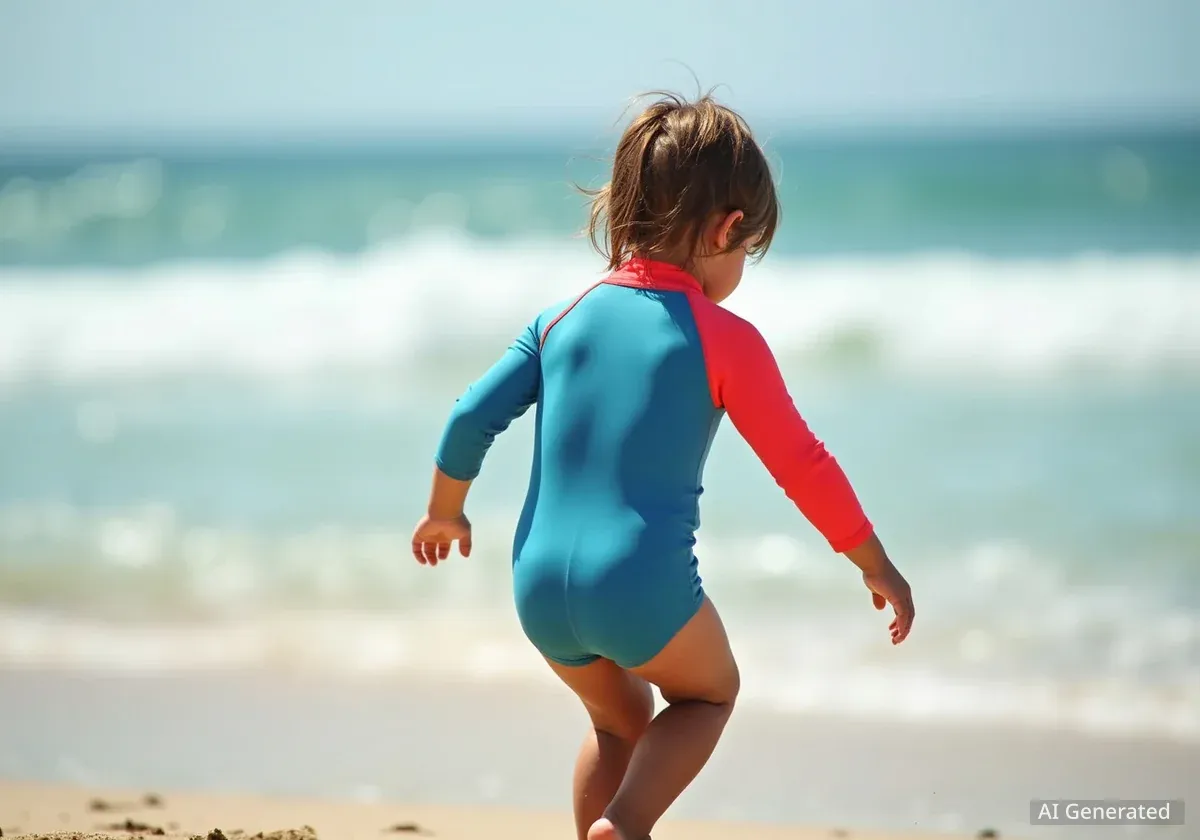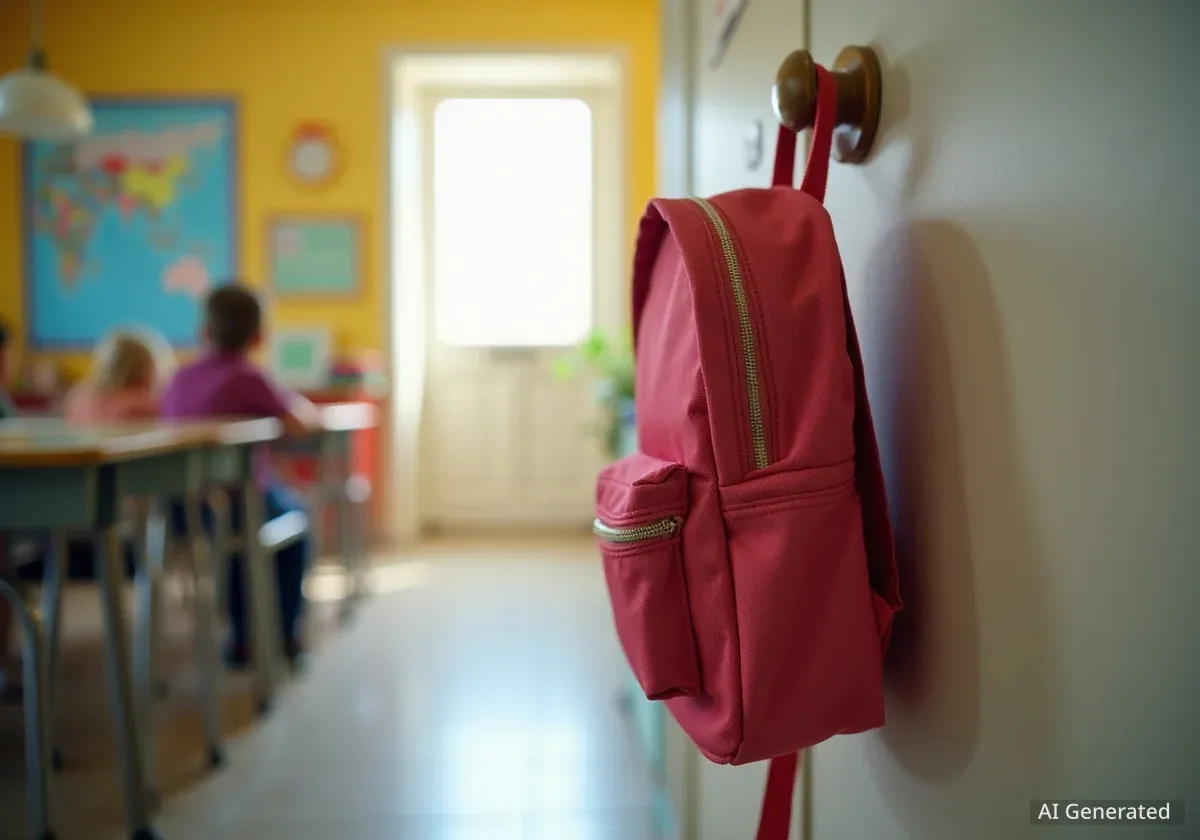Choosing the right clothing for active children involves more than just picking a fun design. For a staple item like leggings, understanding the fabric, fit, and construction is essential for ensuring comfort, durability, and value. Parents often navigate a wide array of options, from simple cotton to advanced performance blends, each with distinct advantages for different activities and seasons.
This guide provides a detailed look at the key factors to consider when purchasing leggings for children aged 4 to 10. By examining material composition, sizing standards, and design features, parents can make more informed decisions that meet the needs of their growing kids, whether for school, play, or everyday wear.
Key Takeaways
- Fabric Composition: Blends of polyester (around 83%) and spandex (around 17%) provide a balance of durability, stretch, and moisture-wicking properties ideal for active children.
- Fit and Sizing: Proper fit is crucial for comfort. Look for features like high-rise waists and tapered legs. Sizing for children often corresponds to age, but checking specific height and waist measurements is recommended.
- Durability Features: Four-way stretch fabric and quality elastic waistbands contribute to a longer lifespan, accommodating growth spurts and frequent washing.
- Design and Maintenance: Modern printing techniques allow for vibrant, fade-resistant patterns. Garments that retain their color after repeated washing offer better long-term value.
Understanding Fabric Blends in Children's Wear
The material used in children's leggings directly impacts their comfort, durability, and functionality. While traditional cotton is known for its softness, modern blends often provide superior performance for active lifestyles.
The Role of Polyester and Spandex
A common and effective fabric blend for children's leggings combines polyester and spandex. A typical ratio is 83% polyester and 17% spandex. This combination leverages the strengths of both materials.
Polyester is a synthetic fiber known for its resistance to shrinking, stretching, and wrinkling. It is also durable and holds color well, which is important for clothing with vibrant prints. Spandex, also known as elastane, provides the crucial element of stretch, allowing the garment to move with the body without losing its shape.
What is Four-Way Stretch?
Four-way stretch fabric can be extended in both crosswise and lengthwise directions. This quality, provided by the high spandex content, offers greater freedom of movement and a more comfortable, adaptive fit compared to two-way stretch materials. This makes it ideal for children's playwear.
This blend creates a material that is both soft and resilient. It is breathable enough for comfort during play but can also be lined for added warmth in cooler autumn and winter months, making it a versatile choice for year-round use.
Decoding Fit and Sizing for Growing Kids
Finding the right size for a child can be challenging due to rapid growth. Leggings designed for children often incorporate features to provide a better, more lasting fit.
Key Fit Styles
Several design elements contribute to a comfortable and secure fit in children's leggings:
- High Rise Waist: A high-rise style sits at or above the natural waistline. This provides better coverage and helps the leggings stay in place during activities like running and climbing.
- Tapered Leg: This style gradually narrows toward the ankle, providing a snug fit that prevents the fabric from bunching up or dragging on the ground.
- Standard Fit: A standard fit is designed to be neither too tight nor too loose, offering a balance of comfort and a clean silhouette that pairs well with other clothing.
Navigating Size Charts
While many brands size clothing by age (e.g., 4T, 5T, 6 Years), these are often just estimates. For an accurate fit, it is best to use specific measurements. For example, a size 4T legging might be designed for a child with the following measurements:
- Height: 39.3 to 41.3 inches
- Waist: 18 inches
- Hips: 22 inches
- Length: 24 inches
Why Measurements Matter More Than Age
Children grow at different rates. Two four-year-olds can have significantly different heights and weights. Relying solely on age-based sizing can lead to ill-fitting clothes. Using a measuring tape to check a child's height, waist, and inseam provides a much more reliable guide for selecting the correct size.
Leggings with long inseams are also a practical feature, as they offer extra room for growth, extending the wearable life of the garment.
Functionality and Versatility in Everyday Use
Modern children's leggings are designed to be highly versatile, suitable for a wide range of settings and activities. Their functionality is a key reason for their popularity in kids' wardrobes.
From Indoor Play to Outdoor Adventures
The stretchy, durable nature of polyester-spandex leggings makes them suitable for both indoor and outdoor environments. They are comfortable enough for lounging at home but resilient enough to withstand playground activities. In autumn and winter, they serve as an excellent layering piece.
They can be worn under skirts or dresses for extra warmth or paired with long coats and sweaters for a complete cold-weather outfit. This adaptability makes them a practical investment for parents building a functional wardrobe for their child.
The Importance of a Well-Designed Waistband
A small but critical detail is the waistband. A sewn-in elastic that lies flat against the waist is preferable to a simple casing with a loose elastic band. A flat, integrated waistband prevents twisting and digging into the skin, ensuring consistent comfort throughout the day. This feature also contributes to a smoother look when worn under other tops.
Assessing Quality and Durability
Children's clothing undergoes significant wear and tear. Evaluating the quality of a pair of leggings can help ensure they last through countless cycles of play and washing.
Vibrant Prints That Last
For leggings with patterns, such as designs featuring dinosaurs or space themes, print quality is a key indicator of overall quality. Modern printing technologies allow for bright, vivid colors that are bonded to the fabric fibers.
"High-quality printing ensures that designs will not fade, crack, or peel easily, even after numerous washes. Leggings that maintain their bright and vivid appearance look newer for longer and offer better value."
When shopping, look for details about fade resistance. A garment that still looks new after being washed and dried multiple times is a sign of good manufacturing.
Choosing Leggings for Longevity
To maximize the lifespan of children's leggings, consider these factors:
- Fabric Blend: A polyester-spandex mix is generally more durable and less prone to pilling than 100% cotton.
- Stitching: Check the seams for tight, even stitches. Reinforced seams in high-stress areas are a plus.
- Elasticity: The fabric should snap back into shape after being stretched. This indicates good recovery, meaning the leggings won't become baggy over time.
By focusing on these details—fabric, fit, functionality, and quality—parents can confidently choose leggings that are comfortable, stylish, and built to last through a child's active life.





